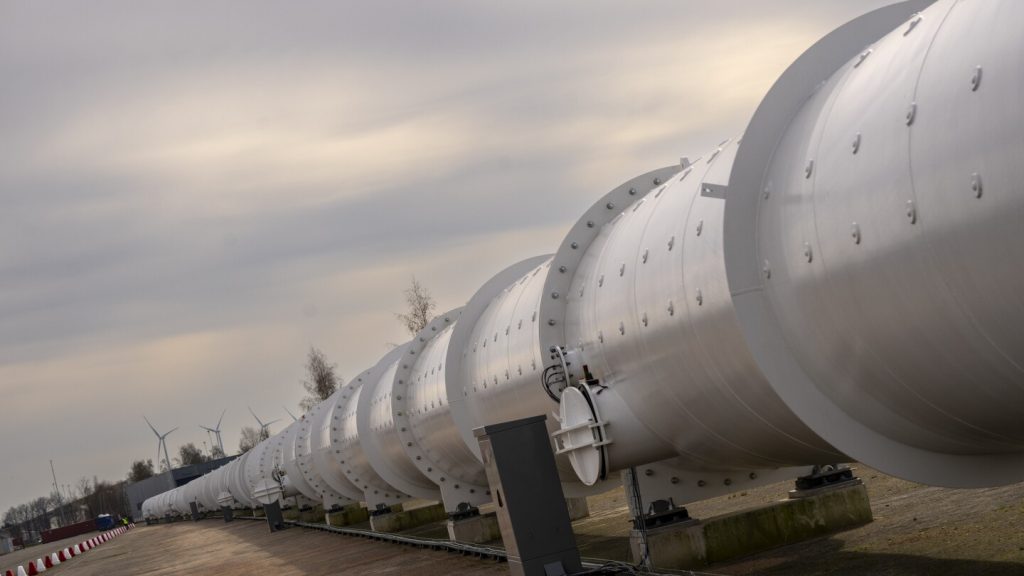The European Hyperloop Center in Veendam, Netherlands, is set to open as a proving ground for developers working on the revolutionary transportation technology known as Hyperloop. This technology involves capsules floating on magnetic fields and traveling at speeds around 700 kph through low-pressure tubes. While first introduced by Elon Musk as a way to shuttle passengers between Los Angeles and San Francisco in just 30 minutes, the progress of Hyperloop has been slower than anticipated. However, the center’s director, Sascha Lamme, is optimistic that by 2030, the first Hyperloop route may be operational.
Despite the enthusiasm surrounding the European Hyperloop Center, not everyone is convinced of the technology’s potential. Some, like Robert Noland, a professor at Rutgers University, believe that government investment in basic infrastructure is more crucial than chasing after flashy projects like Hyperloop. However, Lamme counters these criticisms by stating that the center has been built to show that Hyperloop can be a competitive alternative to high-speed rail. Cost optimizations are also being explored to reduce expenses even further in the future.
The test center in Veendam features a 420-meter white steel tube with a vacuum pump that reduces air pressure inside the tube, enabling capsules to travel at high speeds with minimal drag. The center has received funding from private investors, as well as contributions from the provincial government, the Dutch national government, and the European Commission. One unique feature of the Veendam tube is its ability to split into two separate tubes, allowing for lane switching, which is essential for real-life applications of Hyperloop technology.
As testing continues at the European Hyperloop Center, developers like Hardt Hyperloop are hopeful for the future of their technology. The main challenge lies in securing government commitments to build Hyperloop routes and finding funding for necessary test facilities and technology demonstrations. Lamme stresses the importance of these commitments in order to move forward with implementing Hyperloop on a larger scale. The technology and engineering director at Hardt Hyperloop, Marinus van der Meijs, highlights the significance of lane switching in Hyperloop, which allows vehicles to travel from any origin to any destination, creating a network effect across Europe.
In conclusion, the European Hyperloop Center in Veendam represents a significant step towards realizing the potential of Hyperloop technology for transportation of people and goods. With ongoing testing and development, the hope is that government commitments and funding will pave the way for the implementation of Hyperloop routes in the near future. Despite some skepticism, proponents of Hyperloop remain optimistic about its potential as a fast and efficient mode of transportation that could revolutionize travel.


